HANS HOFMANN (1880-1966)
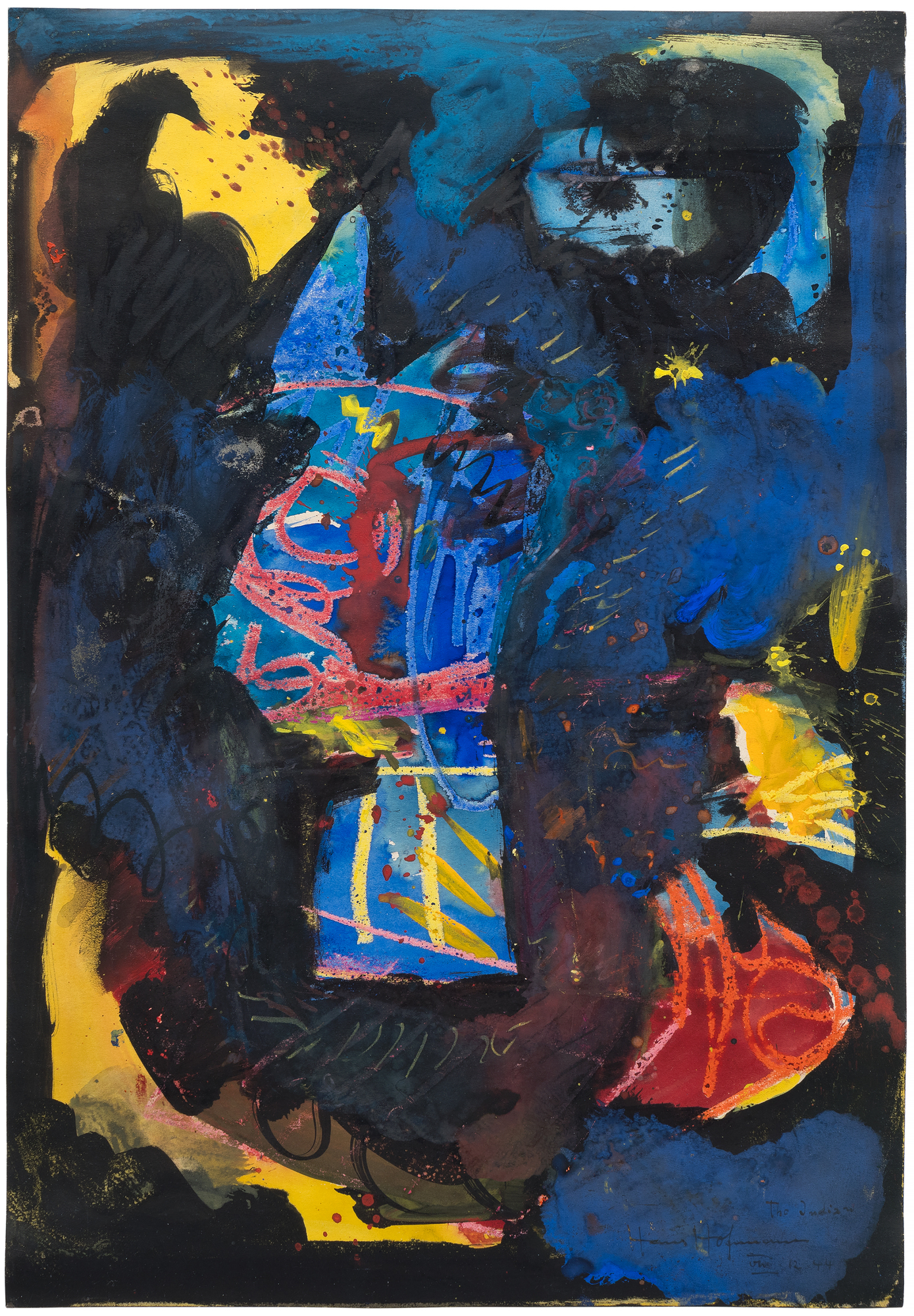

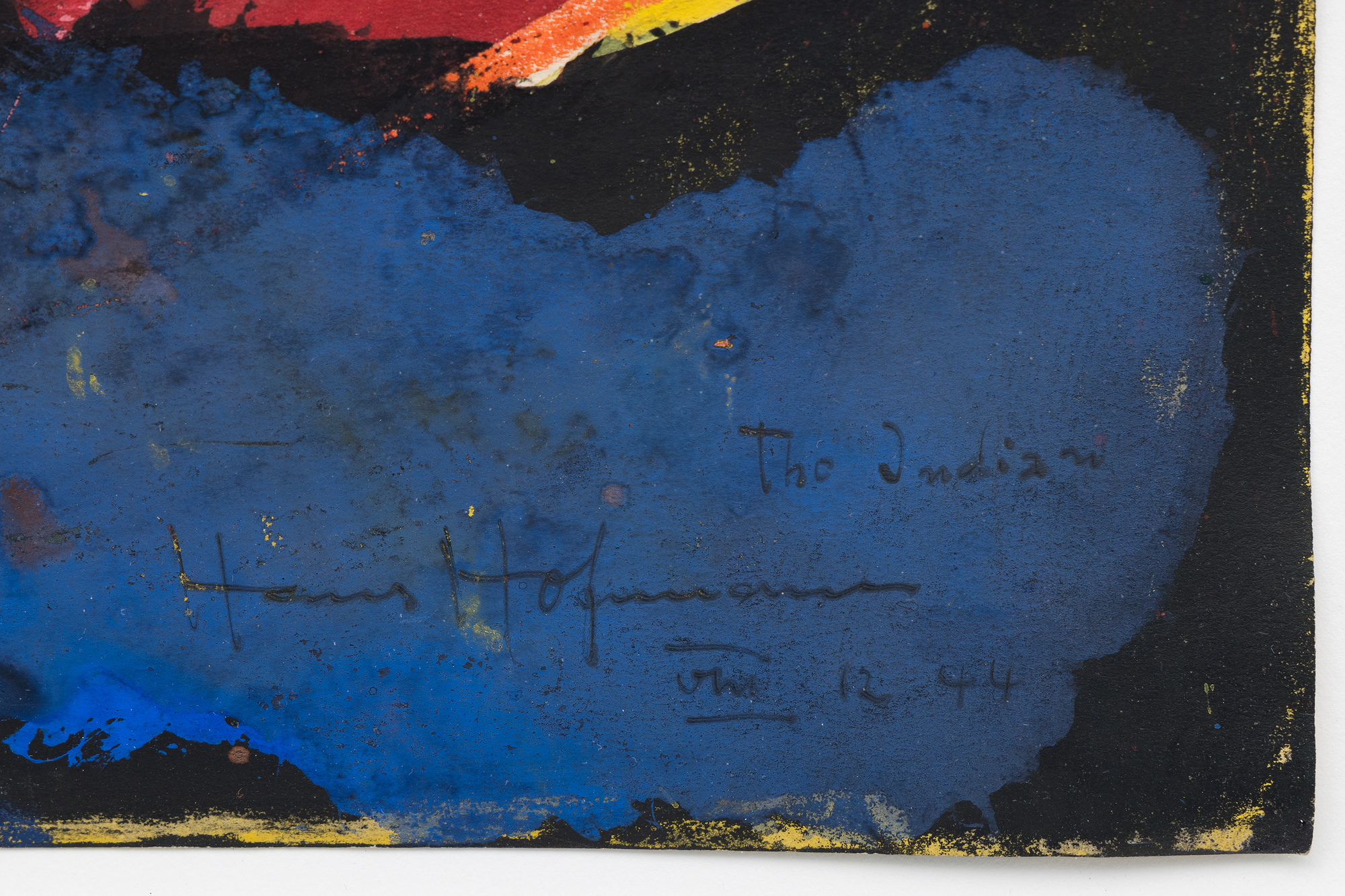
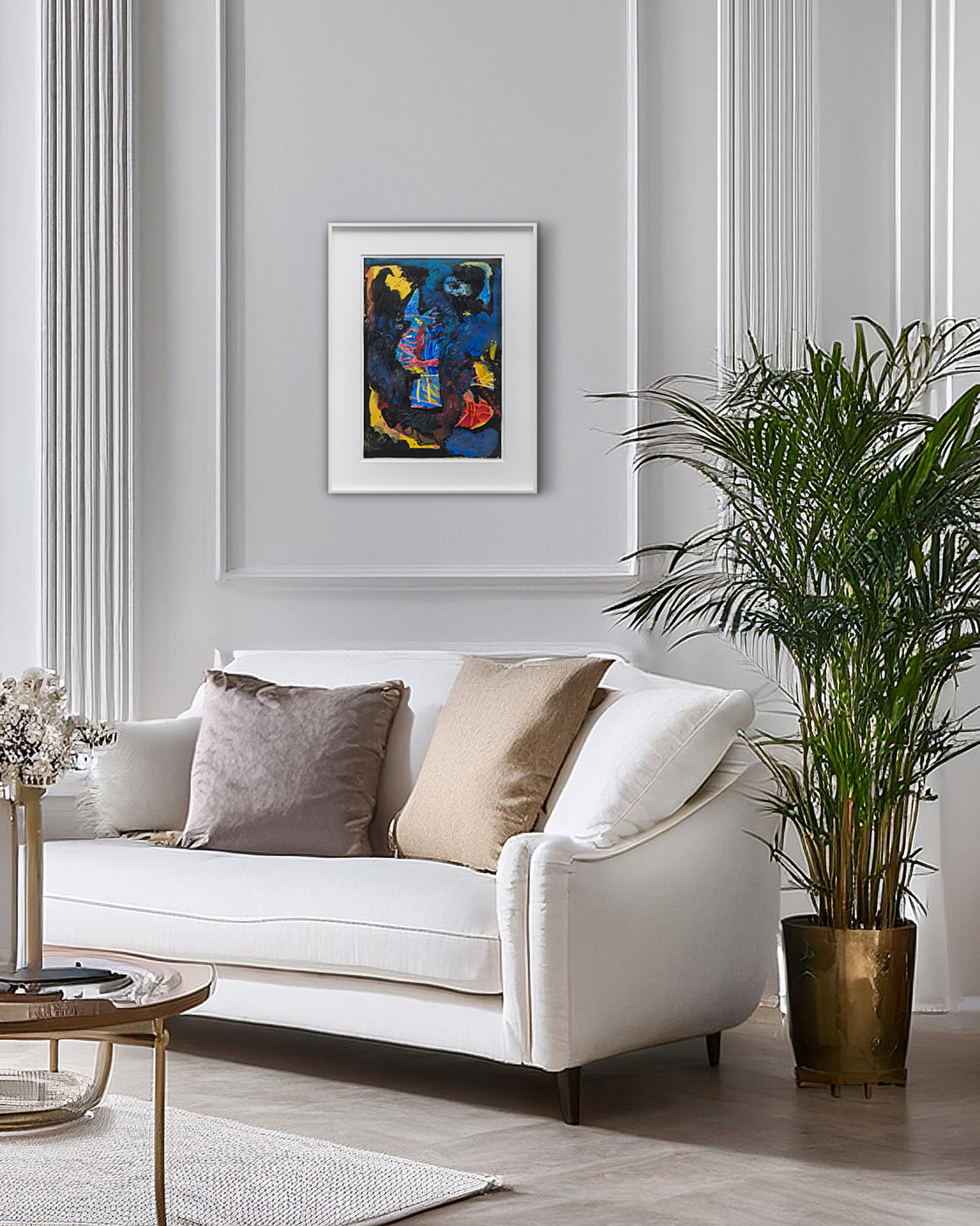
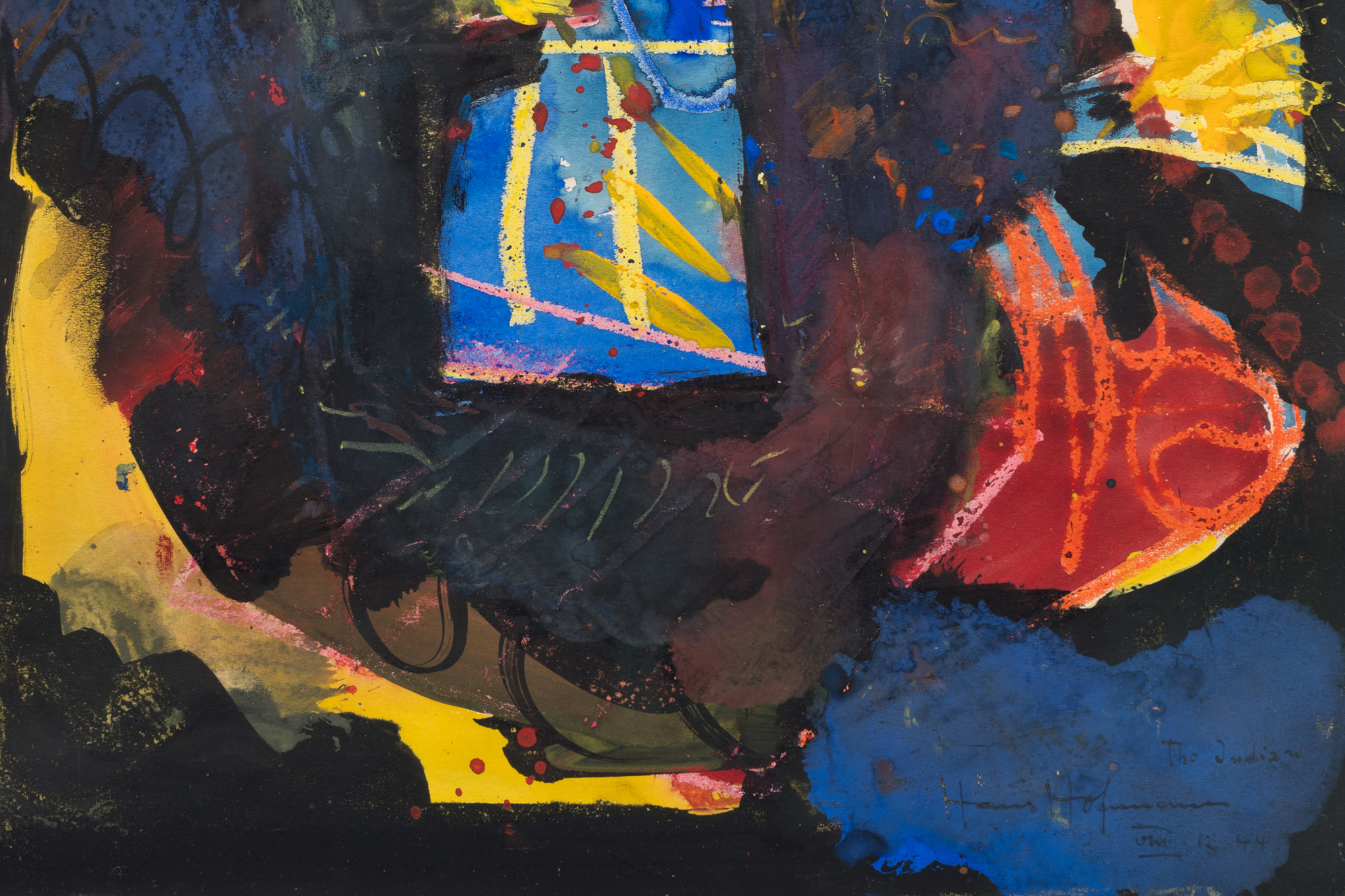
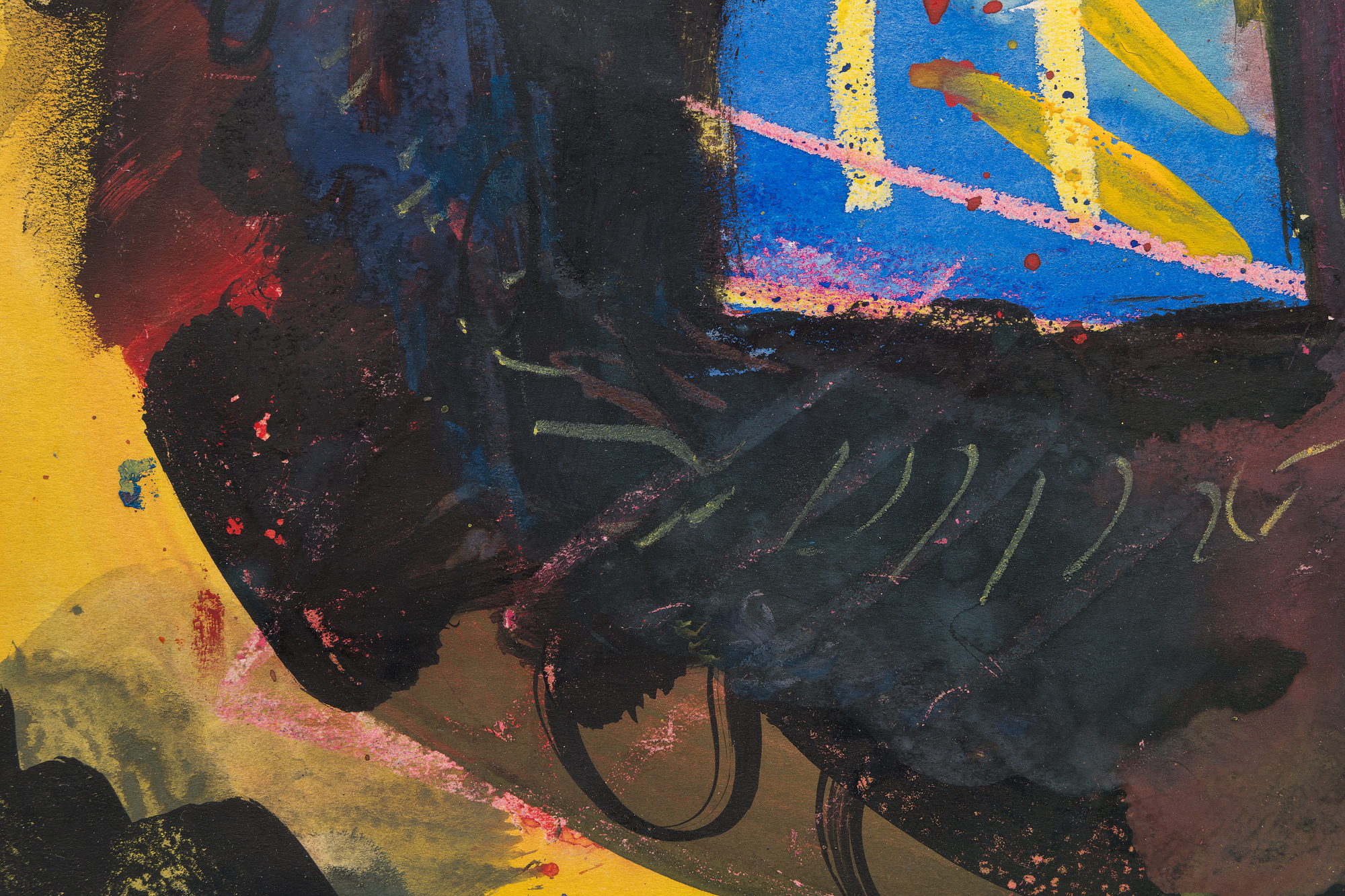
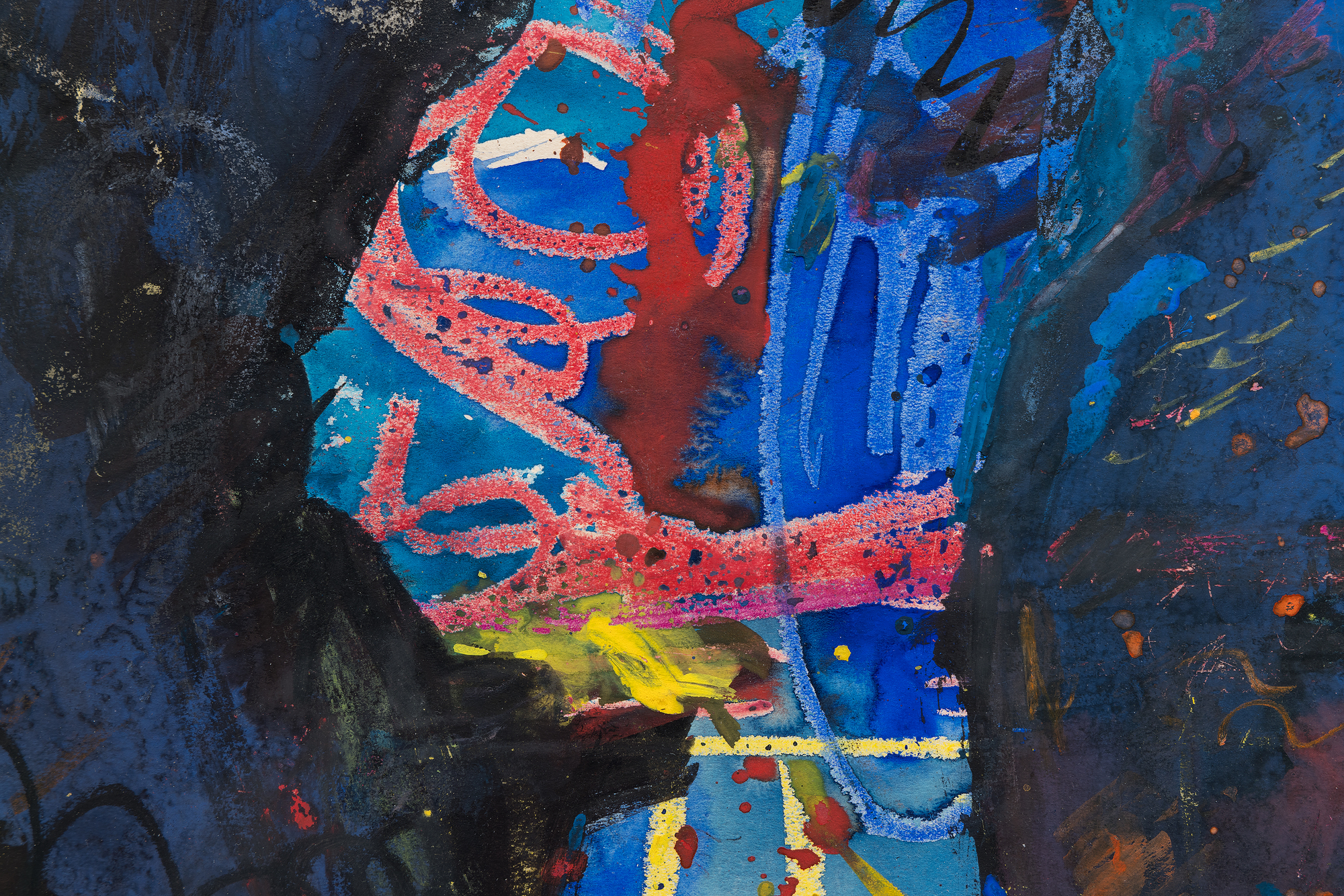
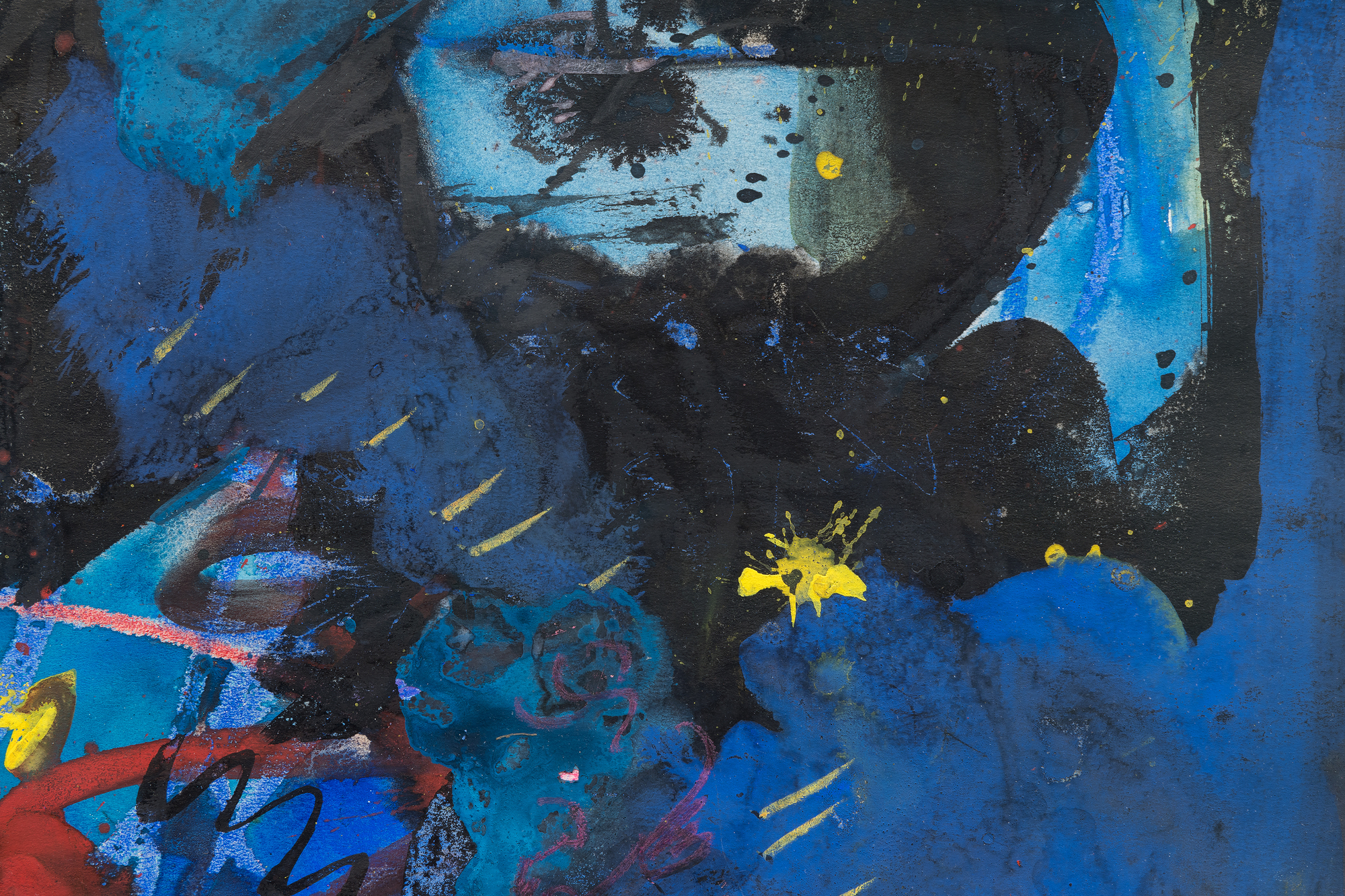
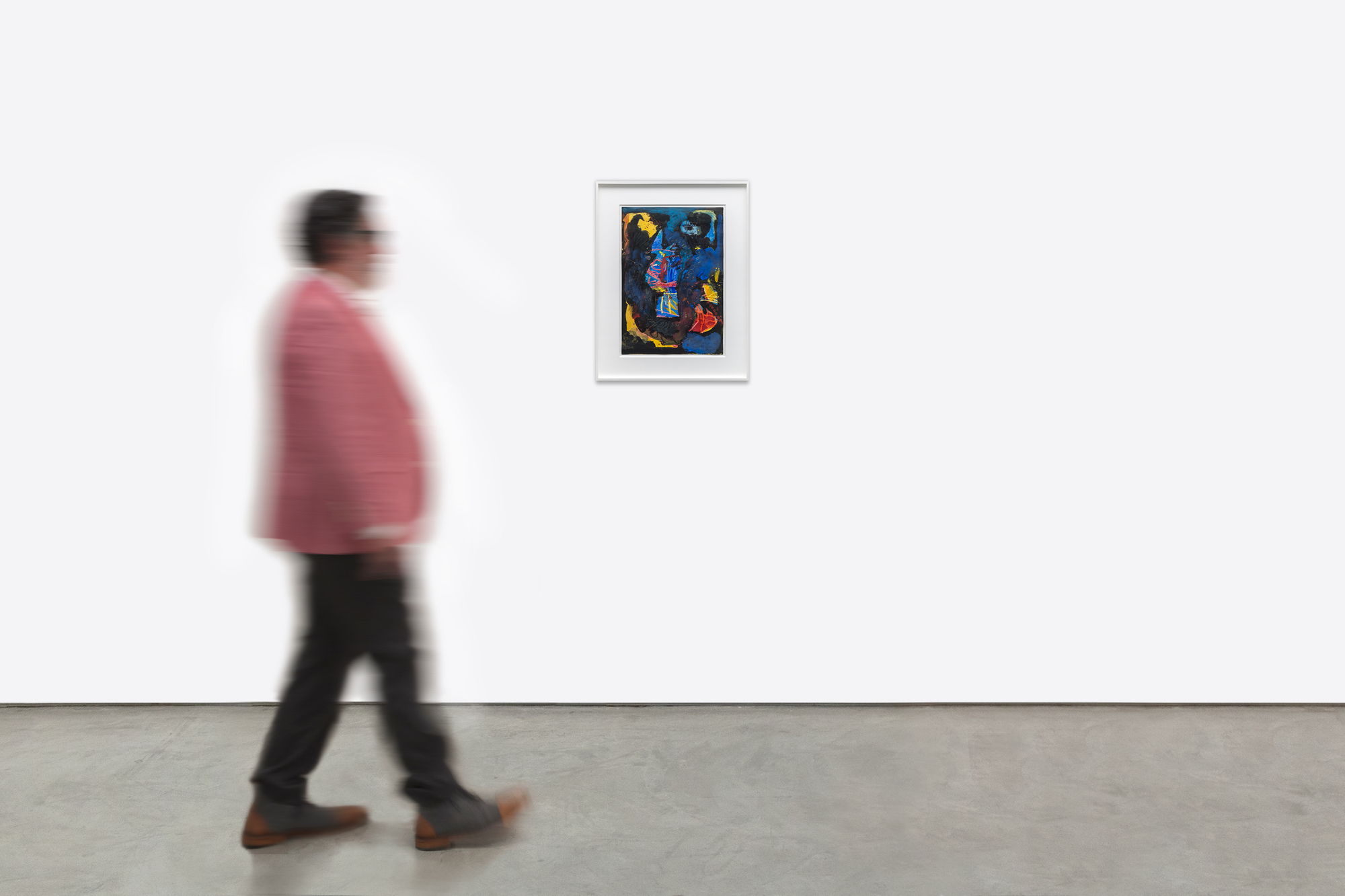
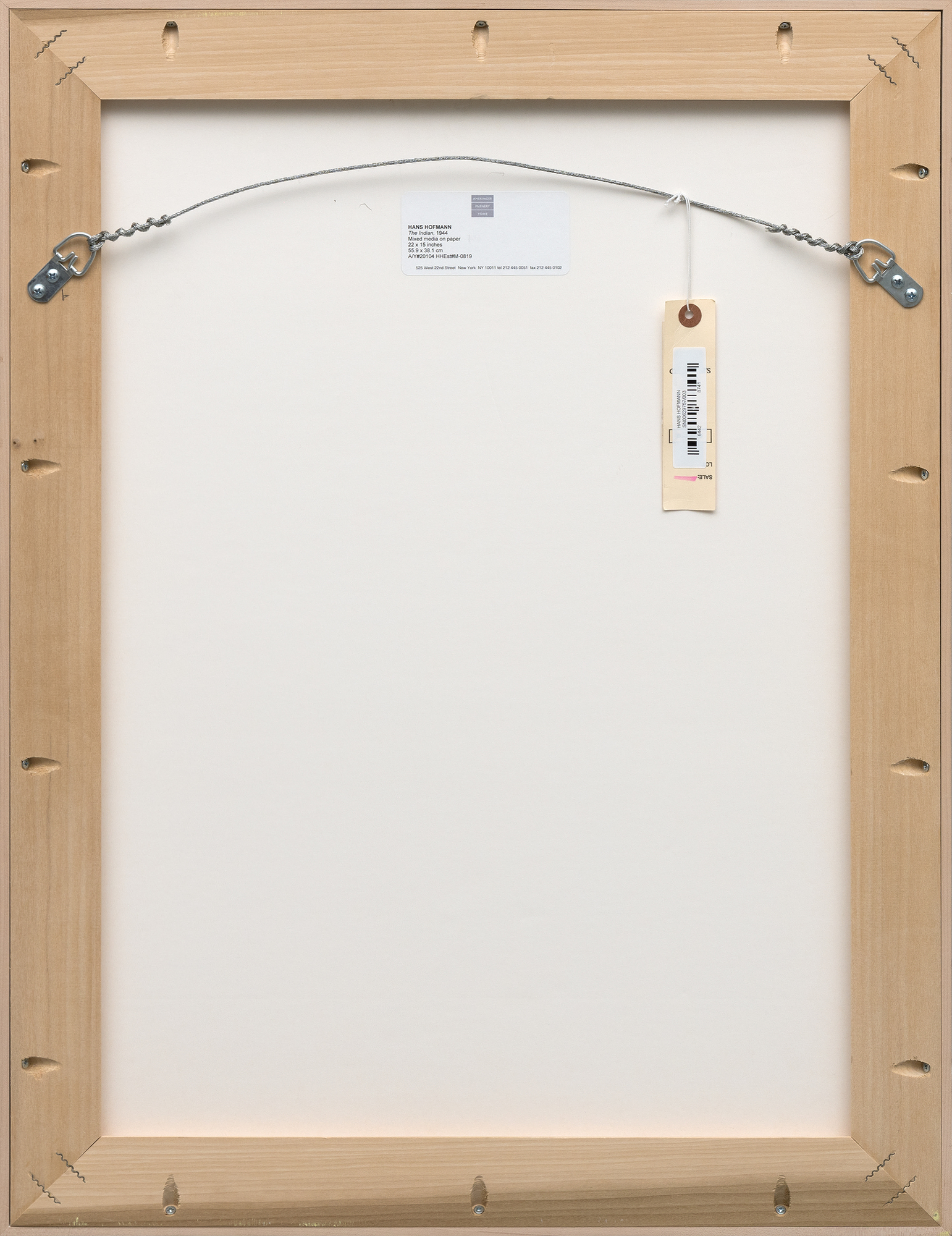
Provenance
Ameringer McEnery Yohe, New YorkPrivate Collection, New Jersey
Price250,000
The tension between the central form and its vibrant background exemplifies Hofmann’s transition during the 1940s from Cubist rigor to more unrestricted, expressionistic techniques. The Indian captures the energy of this pivotal period, with its layered abstraction and symbolic undertones reflecting Hofmann’s ability to unite gestural spontaneity with deliberate compositional balance.


